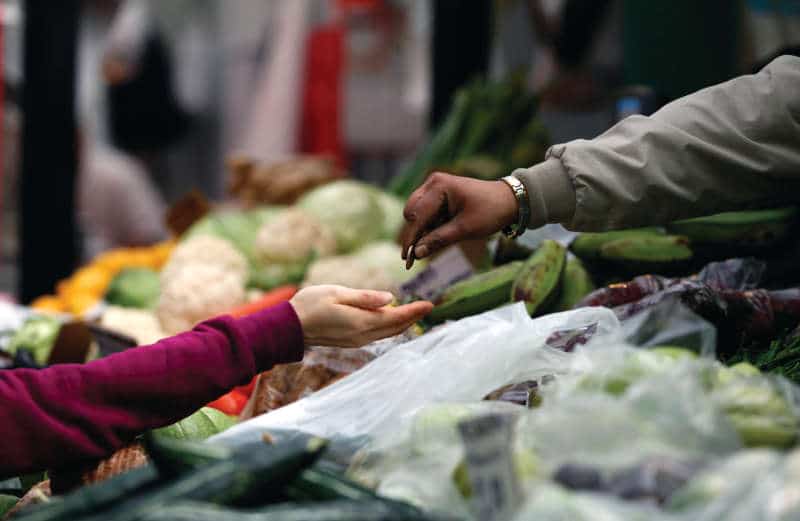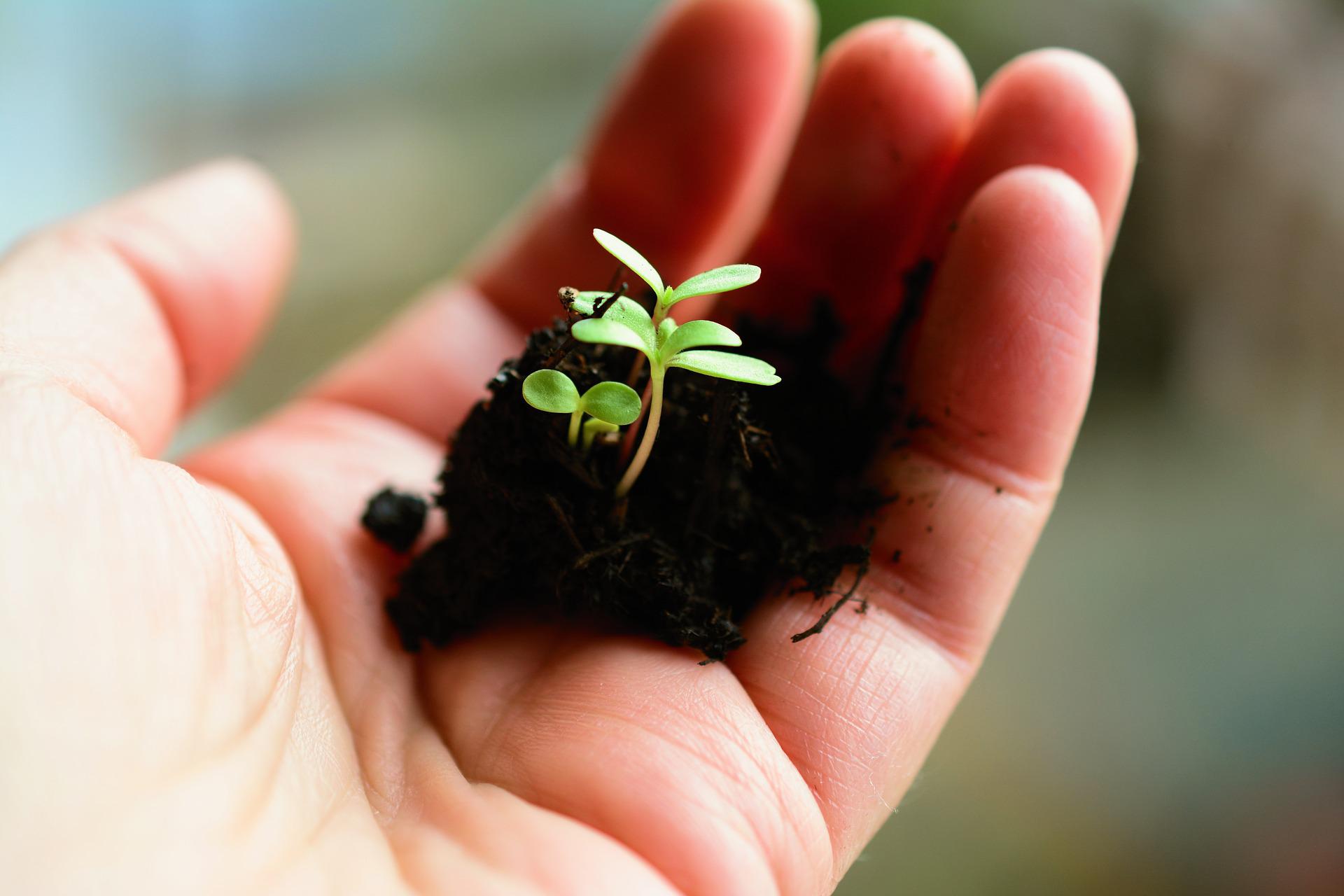World Food Day is promoting global awareness and action on the issue of hunger, and highlighting the need to ensure food security and nutritious diets for all.
Just over 70 years ago, 42 countries assembled in the Canadian province of Quebec to create a new specialised United Nations agency working in food and agriculture. Their goal was to free humanity from hunger and malnutrition, and to effectively manage the global food system.
Now, the Food and Agriculture Organization of the United Nations (FAO) marks World Food Day on Oct. 16, to celebrate its founding that day in 1945.
Today, World Food Day events are organized in over 150 countries across the world, making it one of the most celebrated days of the UN calendar. They bring together local people in a spirit of community featuring events that promote global awareness and action for those who suffer from hunger and highlight the need to ensure food security and nutritious diets for all.
“World Food Day is also an ideal opportunity to send a strong and positive message to the public: we can end hunger in this lifetime and become the Zero Hunger Generation,” says Enrique Yeves, Director, FAO Office for Corporate Communications. “If we are to achieve this goal, everyone needs to get involved.”
This year is a crucial one in responding to climate change. World Food Day will be celebrated shortly before the next UN Climate Change Conference, COP 22, taking place from Nov. 7-18 in Marrakech, Morocco. Preparations will begin for the Paris Agreement, which was signed by 177 parties to the United Nations Framework Convention on Climate Change (UNFCCC) on 22 April in New York, to come into force. It’s why the theme for World Food Day 2016 is “Climate is changing. Food and agriculture must, too.”
FAO helps farmers access quality seeds and planting materials of a greater variety of crops, Yeves notes. These varieties are tolerant to abiotic and biotic stresses, and can produce meaningful yields even under erratic extreme weather conditions induced by climate change.
FAO encourages access to these critical inputs, he says.
“Where market economies prevail and agriculture is well developed, the role of the private sector can be indispensable in establishing seed enterprises. In many vulnerable countries, the seed sector remains weak for a number of reasons, including poor infrastructure, weak policies and a lack of access to markets.”
At the same time, FAO actively supports community-based seed delivery systems that rely on farmer organizations and cooperatives, as the viable means for accessing quality seeds. “Whatever option works best, quality assurance of seeds and planting materials is imperative,” Yeves says.
The reality is that extreme weather events occur all too often and damage crop production. When these natural disasters occur, FAO is quick to support the affected countries with emergency provision of agricultural inputs — including seeds — so that farming can be restarted as soon as possible. FAO also works with disaster-prone countries to develop effective seed security regimes — in order to cushion the effects of disasters and improve post-disaster recovery.
Role for the Private Sector
FAO promotes the continuum approach to the management of plant genetic resources for food and agriculture. That means matching germplasm conservation, plant breeding and seed delivery. In practical terms, plant breeder geneticists are allowed access to the widest range of well-characterized and evaluated sources of heritable variations that are used to generate desired crop varieties. FAO’s work also helps introduce these elite varieties to seed delivery systems.
“The private sector has a critical role to play in providing quality seeds and planting materials to farmers at reasonable prices. In developed countries of the world — and increasingly in developing regions also — private sector entities also breed the varieties they market,” Yeves notes.
In some cases, varieties are bred by public sector institutions and made available to the private sector under some licensing agreements, as part of a public-private partnership mechanism. Here, the role of the public sector is restricted to the development and enforcement of regulations, especially with regard to quality control.
“In some other situations, the private sector is largely absent and the public sector must continue to bear the burden of developing and making available different seed varieties, along with their quality control. In the near future at least, marketing the seeds of many food security crops of developing countries, e.g. cassava which is planted with bulky stakes, is unlikely to be an attractive business venture for private enterprises. In situations like these, the public sector’s role of countries should be strengthened.”
The official celebration of World Food Day will coincide with a meeting of mayors from over 100 cities across the world at FAO headquarters.
In October 2015, these mayors all committed to the “Milan Urban Food Policy Pact”, the first international protocol that calls for cities to develop sustainable food systems that grant healthy and accessible food to all, protect biodiversity and reduce food waste. During the World Food Day ceremony at Expo Milan 2015, the Pact was presented to the UN’s secretary-general.
This year at FAO, mayors will unite for a second time to discuss their collaborative efforts in developing sustainable food systems in cities worldwide, and share experiences and best practices. FAO and the Municipality of Milan are joining forces to bolster the implementation of the pact and FAO is supporting this initiative by helping to establish indicators that will measure the Pact’s impact, and by exchanging best practices among cities.
This important pledge to promote fairer and more environmentally-sound food systems in urban areas has so far been signed by 116 cities ranging from Abidjan to Zurich.
“We hope, of course, to see that number grow fast,” Yeves says.
This year, the official World Food Day ceremony will be celebrated on Oct. 14 at FAO Headquarters in Rome. A number of events will take place during the week including the official World Food Day ceremony, a meeting of mayors committed to the Milan Urban Food Policy Pact from cities across the world, and an exhibition. The Zero Hunger Run, will take place once again this year on Oct. 16.
As the name implies though, World Food Day is celebrated throughout the world. FAO country offices are currently organising local campaigns and outreach events, many of which will enjoy the support of our Goodwill Ambassadors in these regions.
“World Food Day is the perfect moment to call people to action, especially this year — 12 months on from when countries committed to ending hunger by 2030,” Yeves says. “Everyone has a role to play in raising awareness of the critical challenges the world faces today: combatting the effects of climate change, increasing food production sustainably, and investing in smallholder farmers who make up the majority of the world’s poor and hungry people.”
There are a number of actions that citizens can take to help, he adds. By being conscientious or ethical consumers and changing simple day-to-day decisions — for example, by wasting less food or enjoying more diverse diets like nutritious pulses — we can reduce our environmental footprint and make a difference.
“Helping to recognize our own responsibilities, FAO has created different materials covering how food and agriculture must adapt to a changing climate in order to feed a growing population in a sustainable manner,” says Yeves.
By using and sharing promotional materials available at the World Food Day website and on social media, users can increase their awareness and understanding of the important link between climate change and food security, and hopefully be inspired to join the World Food Day celebrations around the world and become an active supporter of the Zero Hunger Generation.













